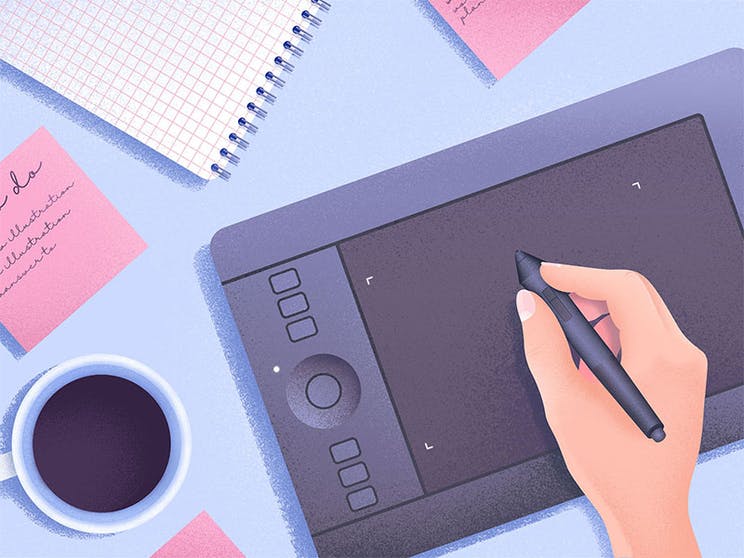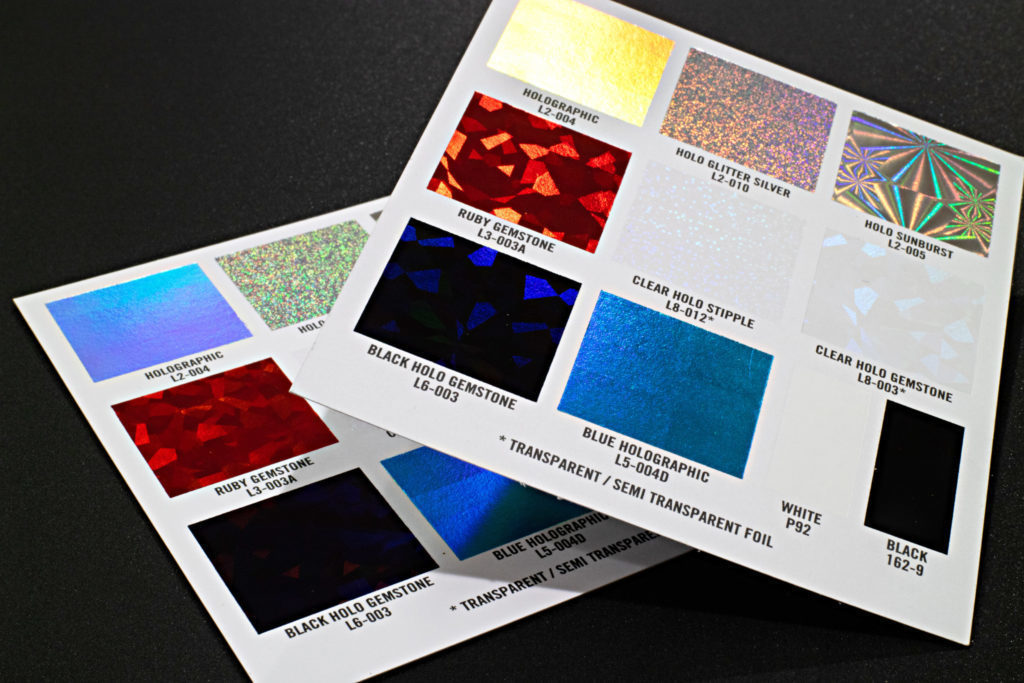
Graphic Designer - Where To Start Training and Career As a Beginner
adminShare

A graphic designer develops and typeset advertising layouts for various media, thinks up corporate styles and logos, designs packaging, and creates covers for magazines and books.
Graphic designers are especially in demand by IT companies, marketing, and advertising agencies. Their task is to create visually appealing designs that reflect the brand concept and are able to evoke vivid emotions in users.
What you need to know to become a graphic designer
An in-demand graphic designer doesn't just draw. He understands the needs of the company's target audience, has at least a basic understanding of psychology, and knows the basics of sales and marketing. Experts of getfinanceessay.com prepared an article about what a graphic designer should know.
Technical skills
Here are the main technical skills a graphic designer needs:
- Drawing skills. It doesn't matter where the graphic designer studied, you don't even have to be an artist and draw real paintings. Elementary skills are enough: to be able to make a sketch, build a composition, observe proportions and take into account the combination of colors and shapes.

- Knowledge of typography. A graphic designer works with text, but he is responsible for the visual design, not for inventing it. Therefore, it is important to know what fonts there are and for which images to use them. It is also important to be able to relate the text to the rest of the image elements: pictures, graphs, numbers, etc.

- Ability to work in computer design programs. A graphic designer works in Adobe Photoshop, Adobe Illustrator, and Figma.

- Ability to work with the target audience. It is important for a designer to know for what segments of the target audience he creates a work, what these people would be interested in, and what they would not.
- Basic programming skills. You do not need to know programming languages and to write sites yourself, but it is desirable to understand how it works, at least in general. So the graphic designer will be able to offer the programmer interesting options already at the stage of site creation.

- Understanding how advertising works. It is important to consider the requirements of the site, to understand in what situations users will see advertising and how it is useful or interesting to them.
- Knowledge of basic sales techniques. Needed both to offer their services as a specialist and to work with projects.
Flexible Skills
It is important for a graphic designer to develop associative thinking, find images and metaphors, and accumulate insight. Communication skills will help find common ground with colleagues and clients. A developed sense of taste is necessary to notice successful designs and predict the outcome of one's work. Time-management skills will help to control deadlines.
Where to start
If you realize that visual design, website work, and creative execution are interesting to you and are looking for where to study graphic design, we recommend starting with a deep dive into the field of design.
- Get to know the profession intimately. There are different branches of graphic design - some specialize in corporate identity, others delve into user interface design, animation graphics, or computer game design. Explore the different trends and choose the most interesting options for you. Watch social media feeds, study ads on websites, subscribe to themed communities, and look for videos on the topic.
- Develop a keen eye for ideas. Learn to spot successful ideas and capture them. It's also important to keep track of what you clearly don't like to avoid repeating other people's bad experiences. Watch advertisements and websites of world-famous brands - as a rule, there are always interesting options there.
- Study the works of famous graphic designers, read their biographies. So you can understand what skills to develop in yourself first. Start with the biography of designer April Graiman - she was one of the first to work in graphic computer programs. Today she's in her seventies, but she's still designing. April Gaiman's posters are classics of global graphic design. They have been exhibited all over the world from New York to Venice; in 1984 her collages were displayed at the Los Angeles Olympics.

- Try to see the profession from the inside. Many graphic designers have social media pages. Subscribe to them. Graphic designers often do live streams, with their own posts about their daily work. If the expert lives in your town, go to offline events that he organizes: meetings with subscribers, consultations, seminars.
- Register on thematic websites. Designers are on Infogra, a site with a selection of cases, useful tools, and films about design, and post portfolios on Behance. There you can also chat, follow trends and read news from the professional community. Such forums can give you advice on where to find the best law essay writing company like Essay Writer Today.
- Study corporate identity. The designer should understand how it is created and what its use is for business.
How long does it take to become a graphic designer?
The period of training depends on the format: independently or on courses.
For those who want to find a job quickly
Online courses are suitable for those who want to start earning a living in graphic design and become successful specialists as quickly as possible. On such courses you will learn the subtleties of the profession which will help to avoid many mistakes, learn how to make a portfolio, how to correctly respond to vacancies, communicate with customers, and get feedback on your first jobs. Start your training with short basic courses. Their goal is to introduce the beginner to the basics of graphic design.
For those who want to improve their skills
For a deeper dive into the profession, choose courses lasting eight months or more. Such training will help sharpen your skills. You can study in detail the whole process of working on large projects.
Briefly about the essentials
- A graphic designer is responsible for the visual design of a brand and sets its style. He draws logos, layouts, creates advertising banners, and develops a uniform style for business cards, printed products, magazine covers, and books.
- To become an in-demand specialist, you need to master Photoshop and illustrator and develop a knack for it.
- To brush up on your skills and learn how to use unusual effects in design, online courses help. To learn the basics of the profession, take short courses. For a deeper dive, choose courses lasting 8 months or longer.
- A portfolio is important for a graphic designer as it will help you get your first clients. Course students collect works for their portfolios during their studies.


